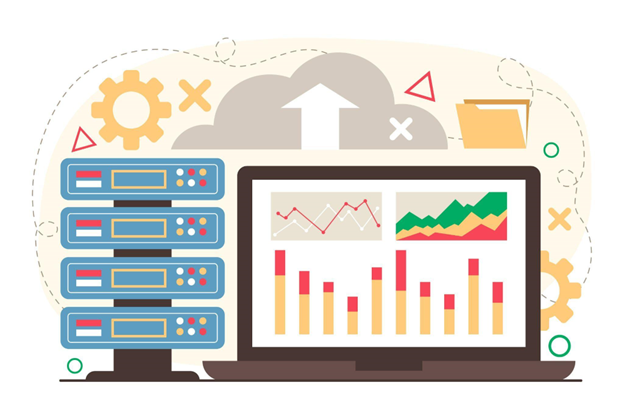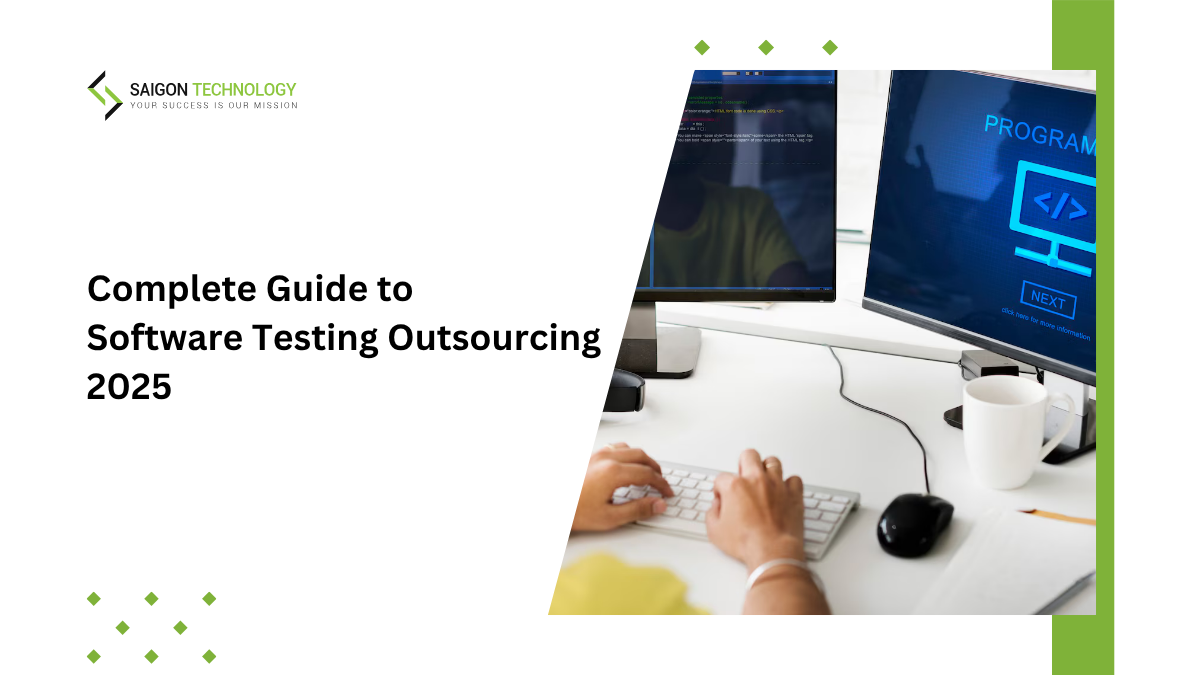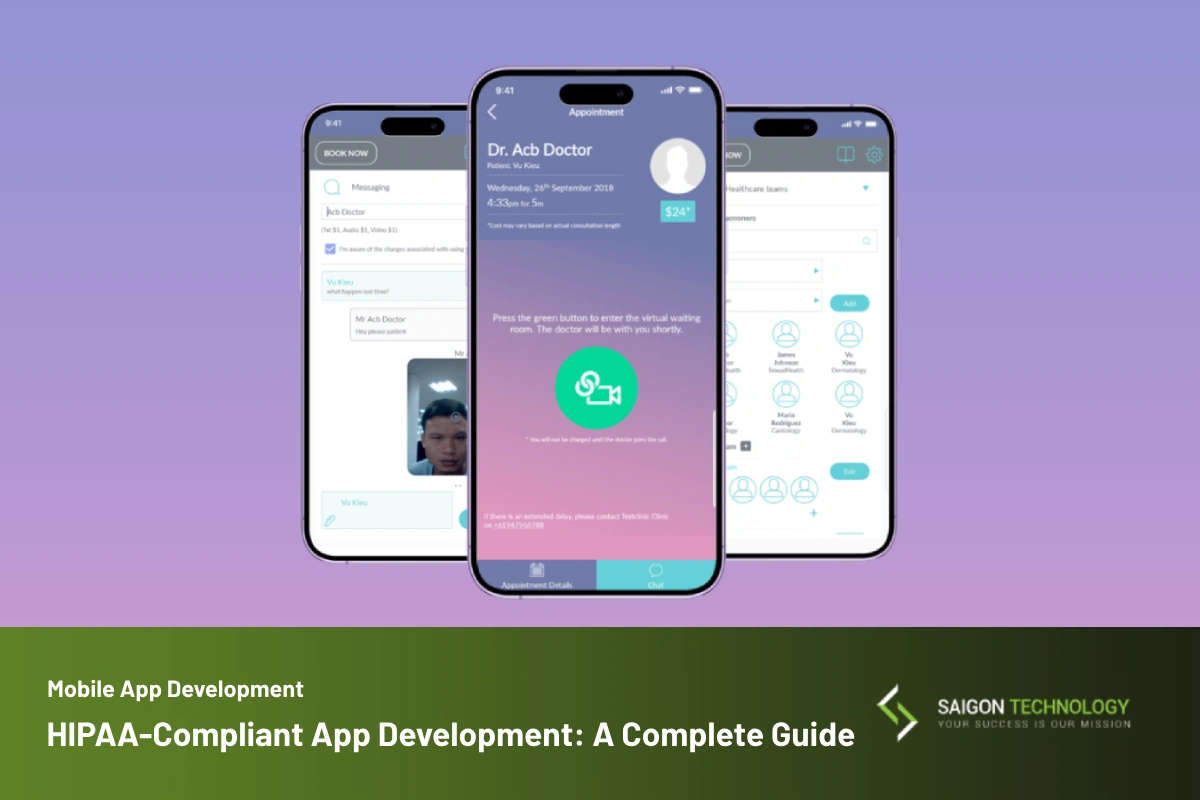DevOps is the integration of software development and operations to ensure that teams are able to collaborate more efficiently and effectively. A DevOps approach helps improve communication between developers, testers, system operators, and other stakeholders within organizations. It also allows for shorter release cycles and faster time-to-market with better-quality products. To implement a DevOps approach, organizations must select the right tools and services to enable them to achieve their desired goals.
Finding the right company is essential for the successful implementation of a DevOps approach. Saigon Technology specializes in providing an end-to-end DevOps platform that is designed to streamline development processes and reduce time-to-market. The DevOps services company offers various services and tools, including DevOps automation, containerization, infrastructure as code orchestration, continuous integration/continuous delivery (CI/CD), and monitoring solutions.
Essential Building Blocks of a DevOps Approach
The essential building blocks of a DevOps approach include the following:
1. Collaboration
Collaboration plays a key role in a DevOps approach. The DevOps model relies on cross-functional teams that are able to communicate and collaborate effectively, breaking down silos among departments and facilitating faster decision-making.
DevOps also encourages collaboration between developers and system operators to ensure that code is properly tested before it goes into production. This helps reduce the risk of errors, as well as ensure that applications are running smoothly and efficiently in production. Additionally, collaboration can help improve code quality by allowing developers to take advantage of peer reviews.
Developers can also benefit from collaboration tools such as chatrooms or video conferencing, which allow them to share ideas and collaborate in real time.
Finally, collaboration helps build trust among teams and encourages the sharing of knowledge across departments. This helps ensure everyone is on the same page throughout the development process.
2. Infrastructure as Code
Infrastructure as code (IaC) is another key building block of a DevOps approach. IaC involves using configuration files and scripts to automate IT infrastructure provisioning, deployment, and management. This helps reduce manual errors while also making it easier to scale up or down resources in response to changing demands.
3. Automation and Telemetry
Another key building block of a DevOps approach is automation. Automation eliminates manual processes, such as running scripts and deploying code. This helps speed up development cycles and reduce the risk of human errors.
Additionally, automation can help ensure that applications are deployed properly in production by automating the testing process. This ensures that all components are functioning correctly before they go into production.
Telemetry, or data-driven insights, is another important component of automation. Using telemetry, organizations can monitor their applications in real time and gain insights into usage patterns and performance. This allows them to quickly identify and address issues, as well as optimize their applications’ performance.
Automation allows teams to focus on more complex tasks and helps reduce the amount of time spent on mundane tasks. This saves time and cost while ensuring that applications are deployed quickly and efficiently.
4. Version Control
Version control is another key building block of a DevOps approach. Version control systems, such as Git and Subversion, allow developers to manage source code effectively by tracking changes and ensuring that the most current version is always in production.
Additionally, version control allows teams to roll back changes if necessary so that you can fix any bugs or errors quickly. This helps ensure that applications are always running correctly in production and reduces the risk of downtime.
Version control allows developers to collaborate more effectively by providing a single source of truth for all code changes. This ensures that teams can easily access the most up-to-date version of an application at any time.
5. Integrating security into the DevOps process
When implementing a DevOps approach, it is important to ensure that security is integrated into your development process. Security should be addressed early in the development lifecycle and should not be seen as an afterthought or separate from the DevOps.
There are several steps you can take to ensure secure software development:
- Establish security guidelines and ensure all teams are aware of them.
- Include automated tests for security in the CI/CD pipeline.
- Monitor your systems regularly to detect potential threats or vulnerabilities.
- Implement secure coding practices, including using code review tools to identify potential bugs before they get into production.
- Use secure software development frameworks such as OWASP.
Integrating security into the DevOps process is essential for the successful implementation of a DevOps approach. Security should not be seen as an afterthought but rather as an integral part of the development process.
6. Ideal architectures and team structures
The other building block of a DevOps approach is ideal team structures and architectures. Creating teams that align well with your company’s objectives is important. This ensures that everyone is working towards the same goals and that projects can move forward efficiently. Additionally, having an architecture in place helps ensure that all members of a DevOps team are working together in an organized manner.
7. Monitoring
Monitoring plays a key role in a DevOps approach. Monitoring helps teams keep track of application performance and detect problems before they become too severe. This ensures that applications are running smoothly and eliminates the need for manual testing.
Additionally, monitoring helps teams identify and solve problems quickly, reducing the risk of downtime or other serious issues. This allows developers to focus on building new features instead of fixing existing ones.
Finally, monitoring can also be used to track release cycles and ensure that applications are deployed correctly in production. This helps teams avoid costly mistakes and ensures that applications are running efficiently in production.
8. Automated tests for continuous feedback
Finally, the other important block of a DevOps approach is automated tests for continuous feedback. Automated tests help ensure that new features are working as expected and can improve code quality by catching potential bugs before they get into production. Automated tests also provide teams with regular feedback, allowing them to identify and address issues or make improvements quickly.
Final Thoughts
Overall, these four building blocks are essential for a successful DevOps approach. Automation, version control, and monitoring help ensure that applications are deployed quickly and efficiently while creating ideal team structures and architectures ensures everyone is working together towards the same goals. The right company can help your organization implement these building blocks so you can enjoy all the benefits that DevOps can bring. Contact us today to learn more about how we can help you get started on your DevOps journey.












